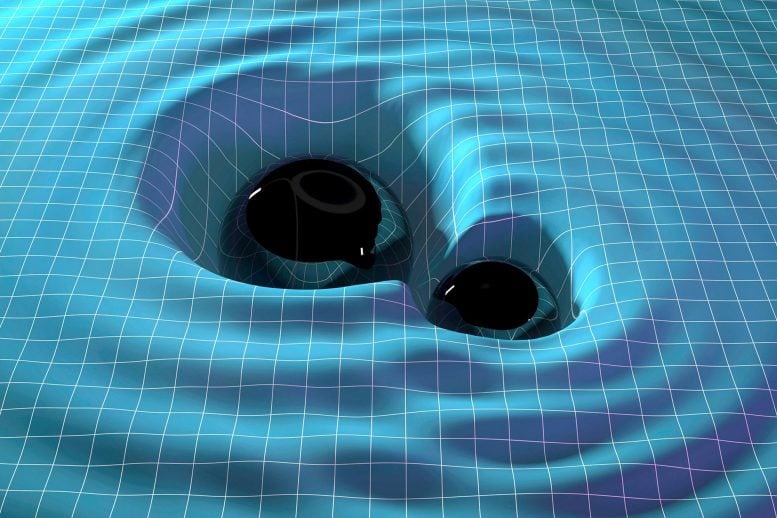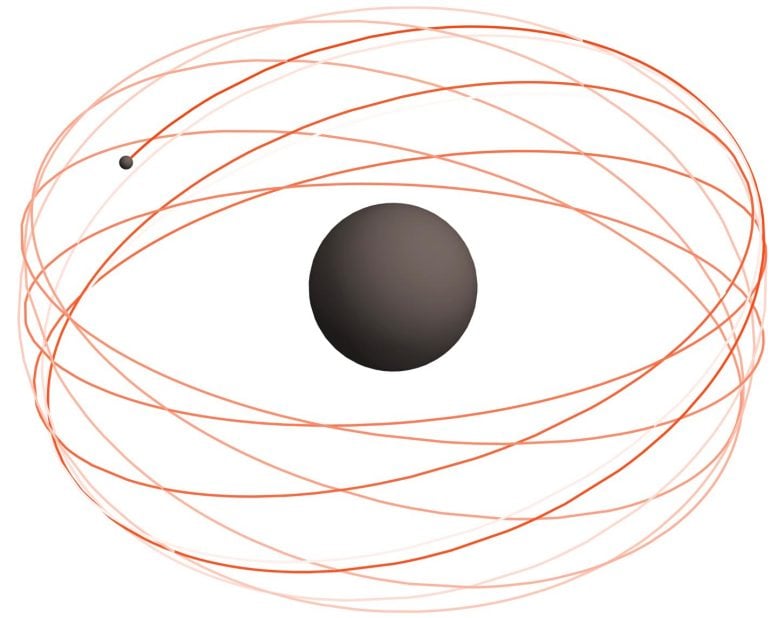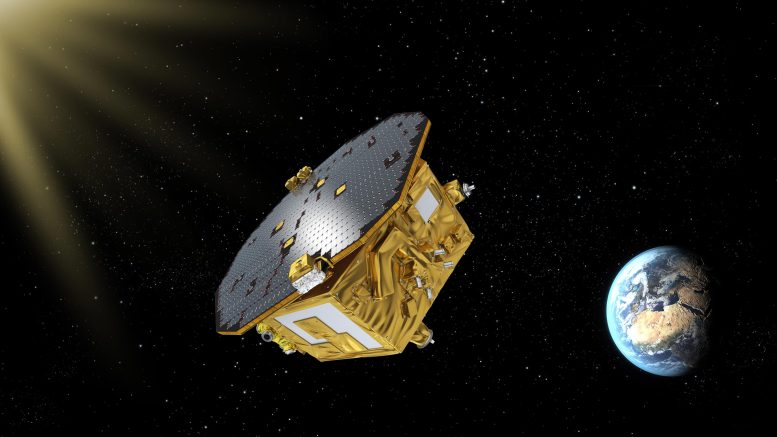LISA and the Detection of New Fundamental Fields – Is General Relativity Correct?

Illustration of two orbiting black holes warping spacetime and generating gravitational waves.
Published in Nature Astronomy the work which shows the unprecedented 
Short section of the orbital path followed by the stellar component of an EMRI around a spinning black hole. Credit: N. Franchini
New fundamental fields, and in particular scalars, have been postulated in a variety of scenarios: as explanations for dark matter, as the cause for the accelerated expansion of the Universe, or as low-energy manifestations of a consistent and complete description of gravity and elementary particles.
Observations of astrophysical objects with weak gravitational fields and small spacetime curvature have provided no evidence of such fields so far. However, there is reason to expect that deviations from General Relativity, or interactions between gravity and new fields, will be more prominent at large curvatures. For this reason, the detection of GWs — which opened a novel window on the strong-field regime of gravity — represents an unique opportunity to detect these fields.
Extreme Mass Ratio Inspirals (EMRI) in which a stellar-mass compact object, either a 
Artist’s impression of LISA Pathfinder, ESA’s mission to test technology for future gravitational-wave observatories in space. LISA is a space-based gravitational wave observatory building on the success of LISA Pathfinder and LIGO. Credit: ESA–C.Carreau
The Authors have developed a new approach for modeling the signal and performed for the first time a rigorous estimate of LISA’s capability to detect the existence of scalar fields coupled with the gravitational interaction, and to measure the scalar charge, a quantity which measures how much scalar field is carried by the small body of the EMRI. Remarkably, this approach is theory-agnostic, since it does not depend on the origin of the charge itself, or on the nature of the small body. The analysis also shows that such measurement can be mapped to strong bounds on the theoretical parameters that mark deviations from General Relativity or the Standard Model.
LISA (Laser Interferometer Space Antenna), devoted to detect DOI: 10.1038/s41550-021-01589-5
Read More: LISA and the Detection of New Fundamental Fields – Is General Relativity Correct?

